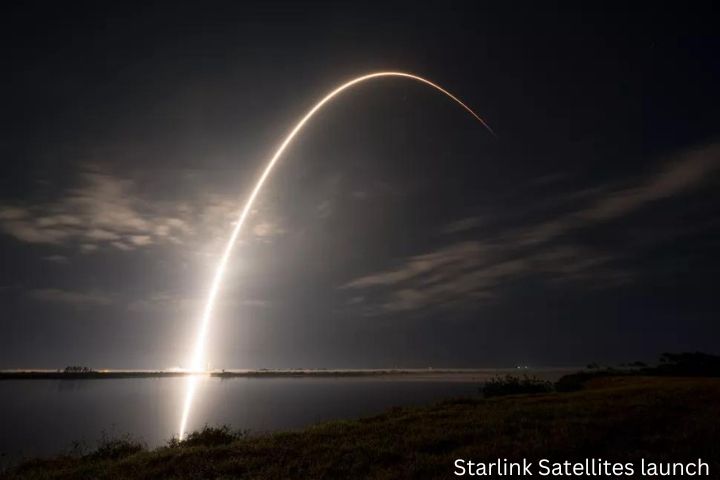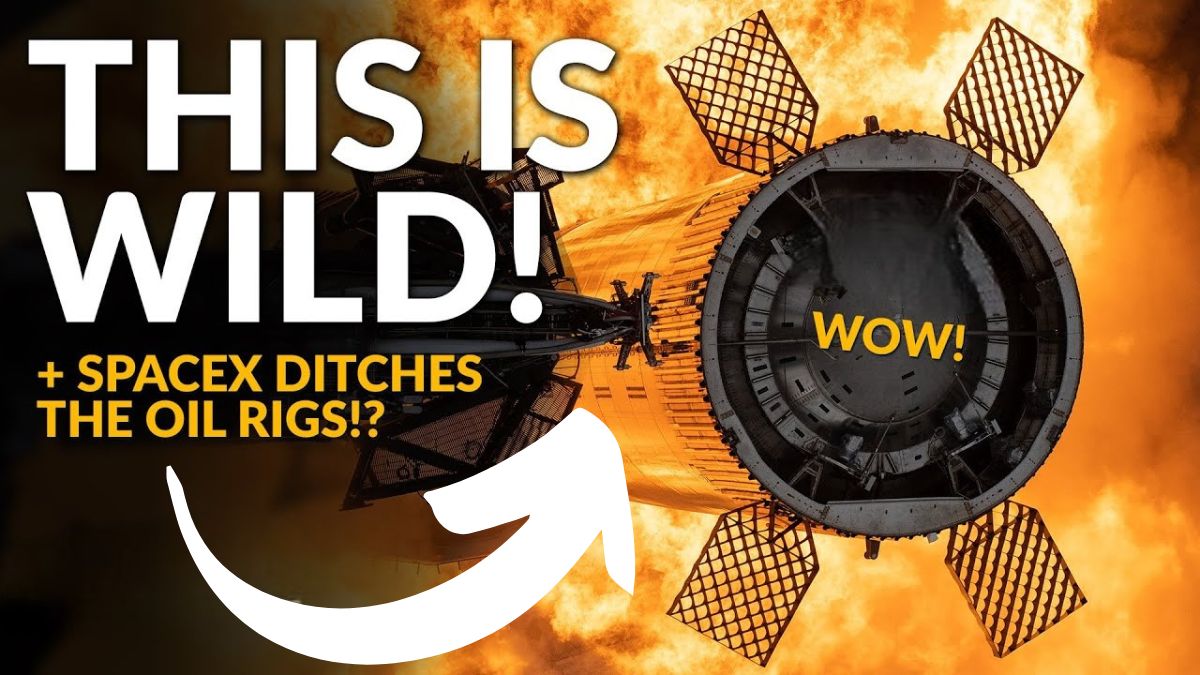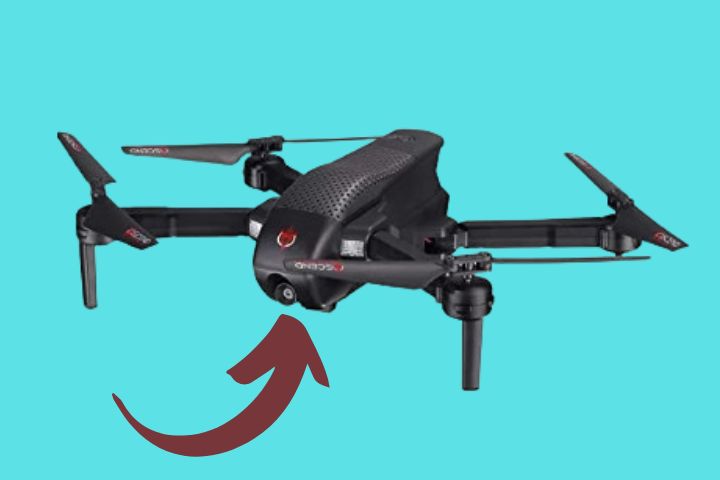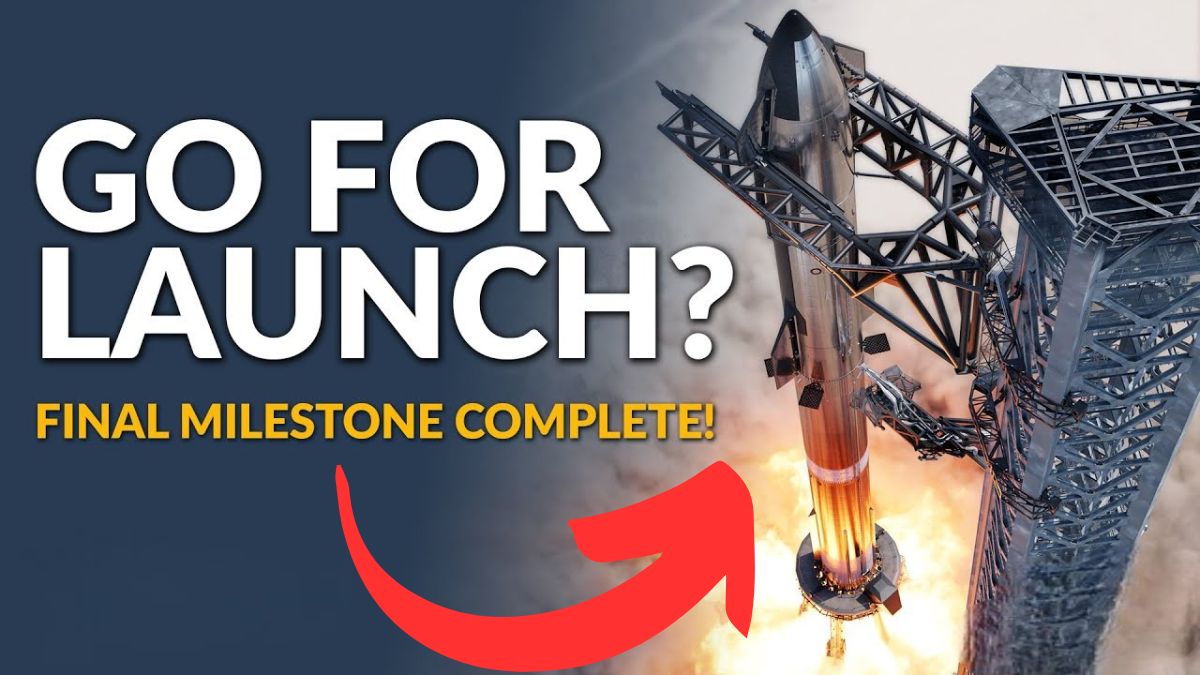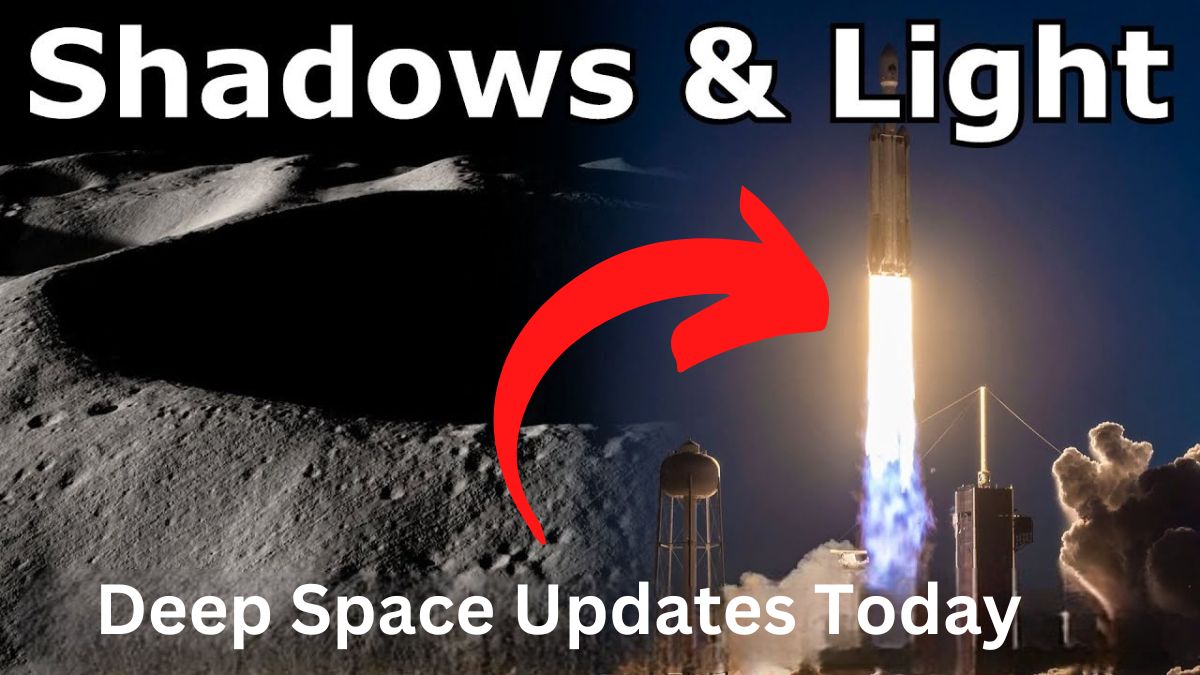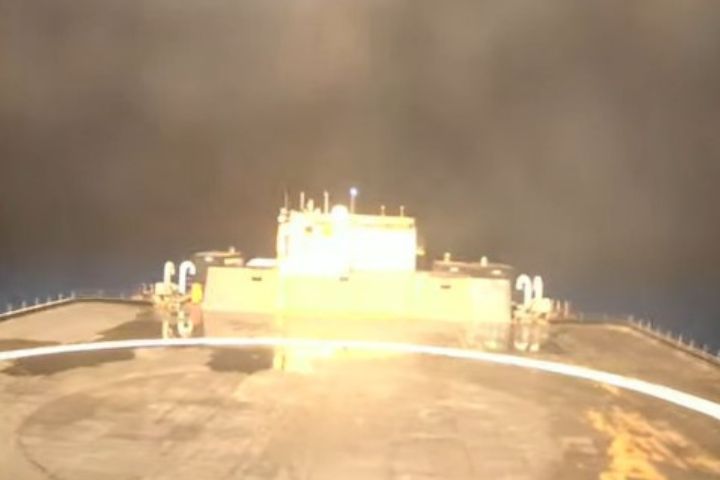
On July 9, 2023, an extraordinary milestone was achieved as SpaceX’s Falcon 9 rocket successfully propelled 22 Starlink “V2 Mini” satellites into orbit from the Cape Canaveral Space Force Station in Florida. This launch marked an astonishing feat, setting a new record as the rocket’s first stage completed its unprecedented 16th successful mission.
At precisely 11:58 p.m. EDT on Sunday, a Falcon 9 rocket took off from Florida’s Cape Canaveral Space Force Station, embarking on an important mission. This successful launch propelled 22 of SpaceX’s Starlink satellites towards their designated destination in low-Earth orbit (LEO), marking another significant step in advancing global connectivity.
latest:
- SpaceX Falcon Heavy’s Lunch ViaSat-3 Americas
- SpaceX has completed the LAST BOX for the Starship Orbital Flight Test! 2 Years of Effort, KSP 2 Release
- 8 MINUTES AGO: Scientists Just Found Out A Terrifying Object in Space
In a remarkable display of technological achievement, SpaceX’s Falcon 9 first-stage booster made history with its 16th consecutive launch. This unprecedented accomplishment was proudly announced by the company. Following the successful launch, the booster flawlessly returned to Earth once again, gracefully touching down on the deck of the SpaceX droneship named “Just Read the Instructions” in the vast expanse of the Atlantic Ocean. The entire descent took approximately 8.5 minutes from liftoff, demonstrating the incredible reusability and precision of SpaceX’s groundbreaking rocket technology.
While the Falcon 9’s expendable upper stage remained dedicated to its mission, it diligently carried the 22 Starlink satellites higher into the heavens. With precise timing, these satellites are expected to be deployed into their designated positions in low-Earth orbit (LEO) approximately 62 minutes after the launch, ensuring the continuation of SpaceX’s ambitious satellite network.
Among the 22 satellites aboard the Falcon 9, a notable presence is that of the “V2 Mini” models, representing an upgraded and enhanced version of SpaceX’s broadband spacecraft. These satellites showcase increased capabilities and power compared to their predecessors, exceeding the size of the previous Starlink iteration. Surprisingly, approximately 50 of these “V2 Minis” can be accommodated on a single Falcon 9 launch. However, it’s important to note that despite their name, these satellites are considered “mini” in comparison to the forthcoming V2 satellites. Weighing 1.25 tons (1.1 metric tons), the final V2 satellites will be launched aboard SpaceX’s colossal and advanced Starship vehicle, marking a significant leap forward in satellite technology.


